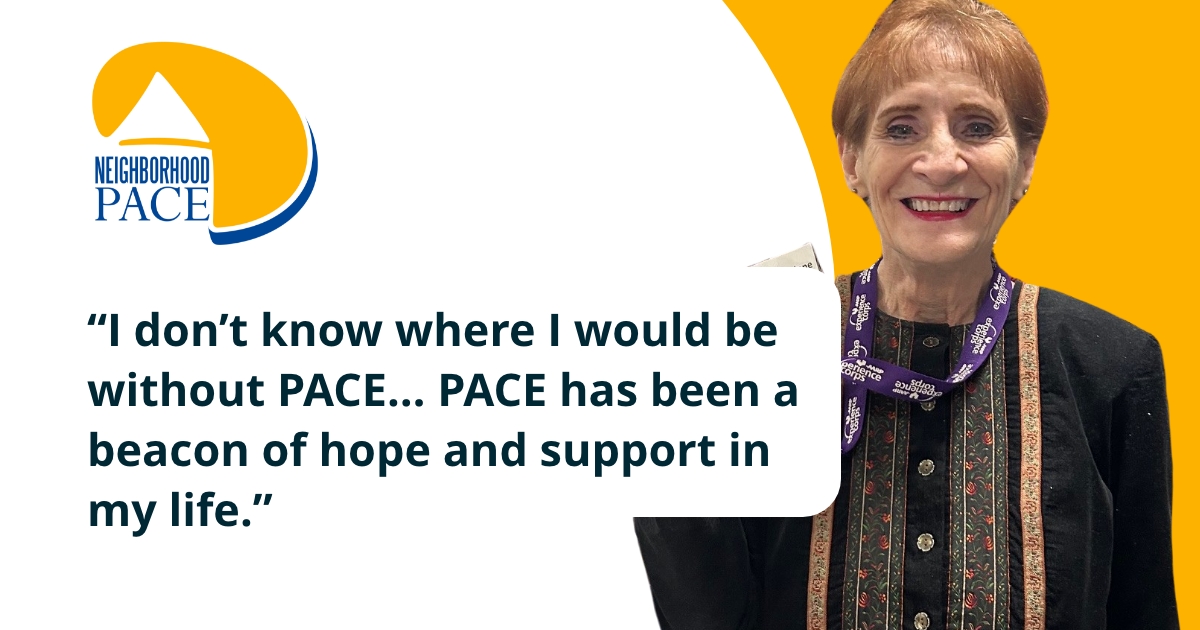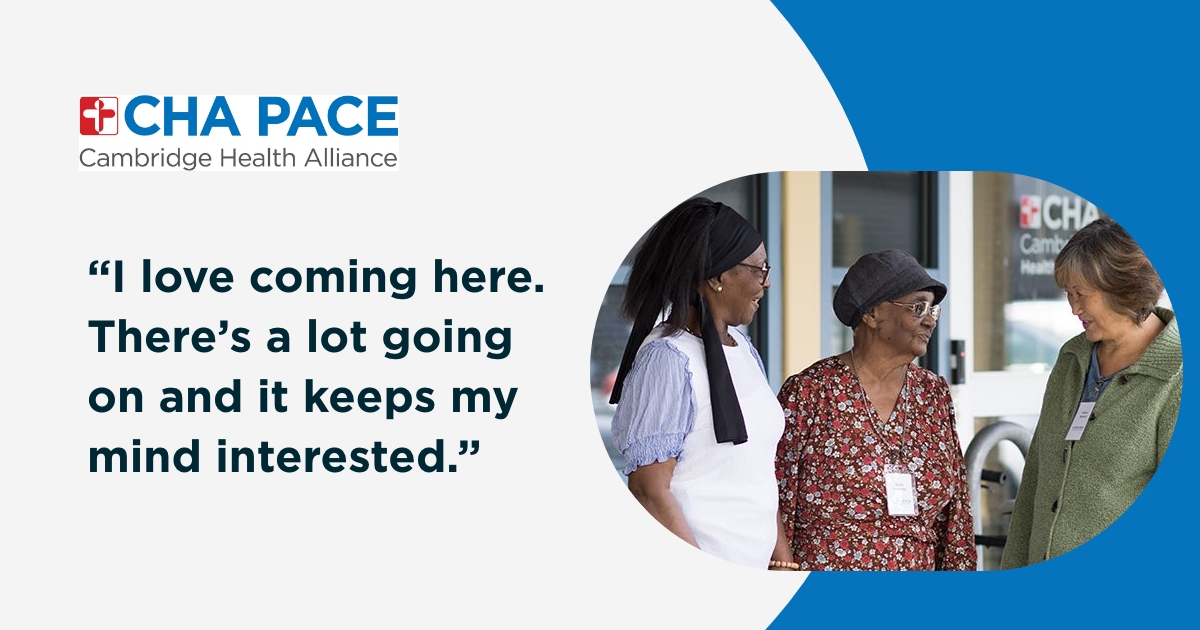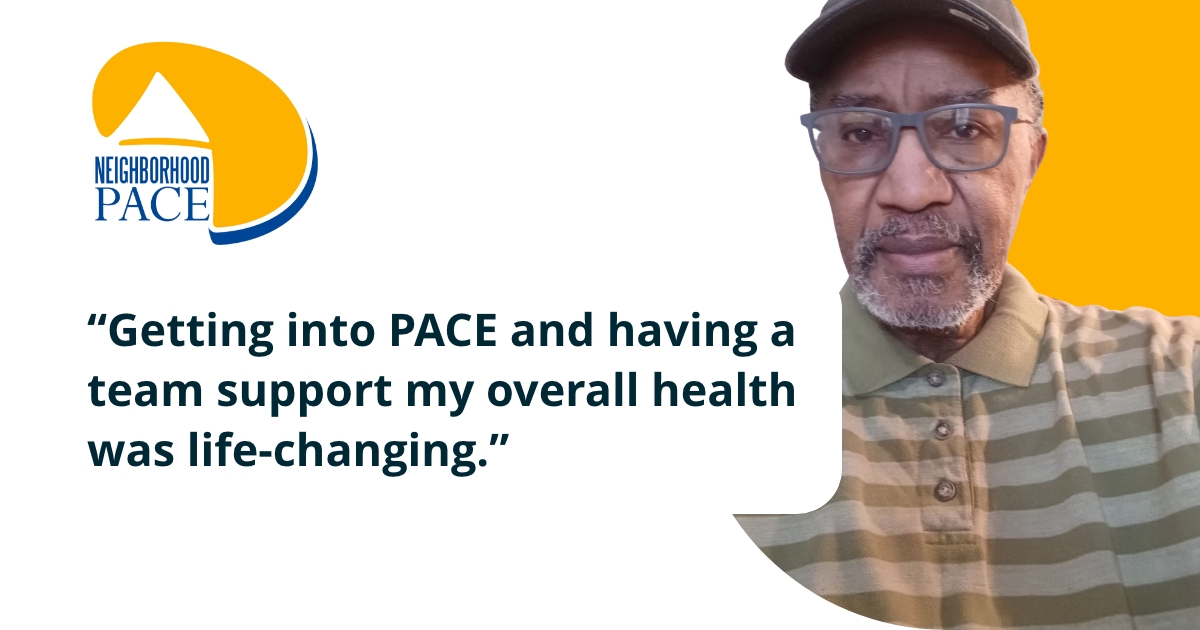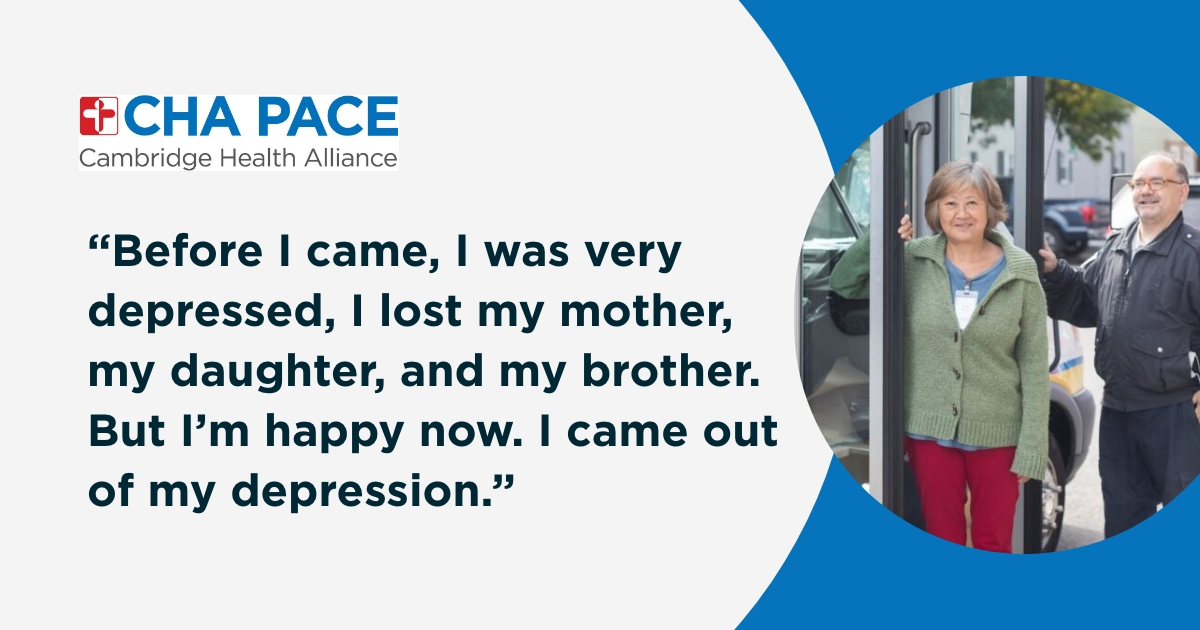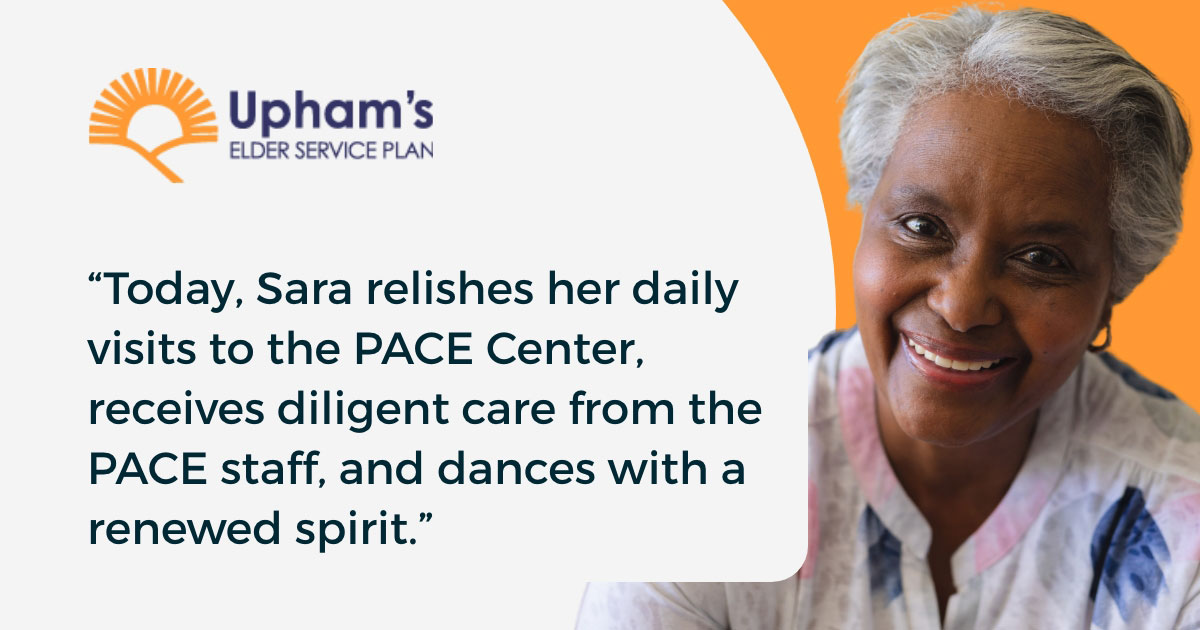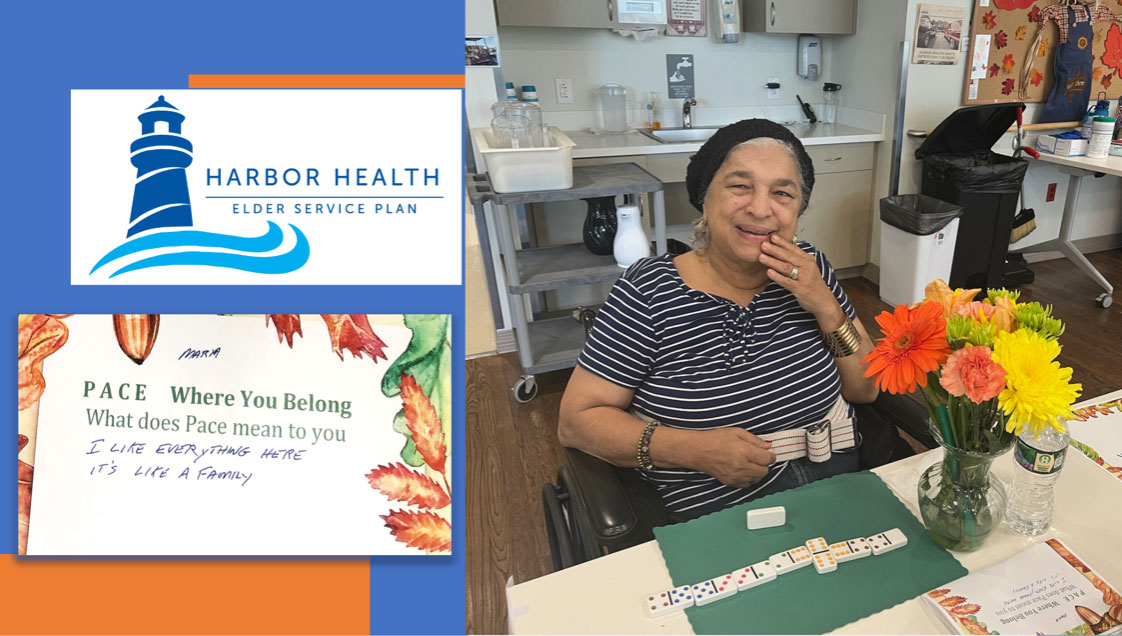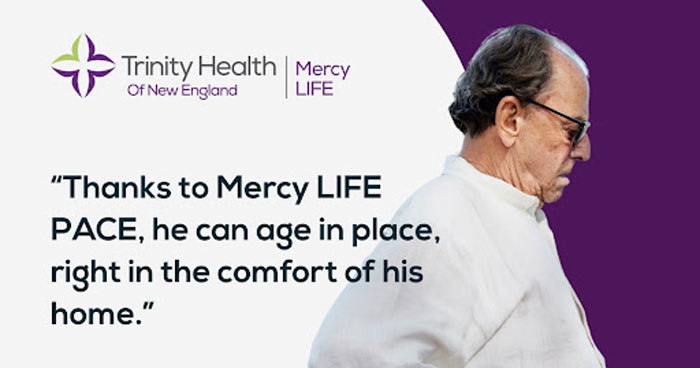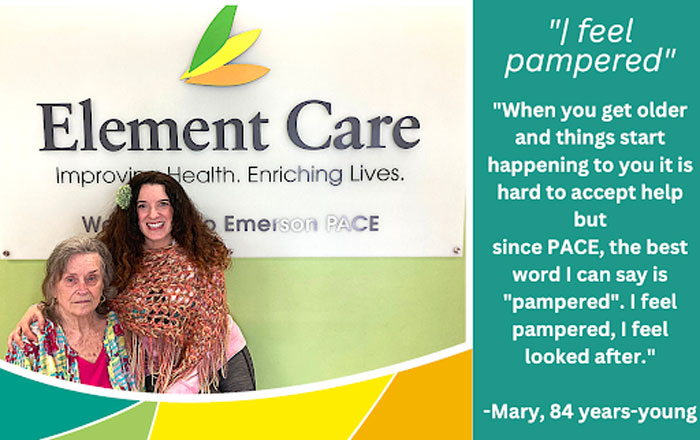This article was originally posted on Kevin MD. Read the full article here.
PACE, the Program of All-Inclusive Care for the Elderly, has long been considered the best-kept secret in the American health care system. It’s time to unveil this hidden gem. The health and well-being of older Americans – and the future of our health care system itself – may hinge on it.
Originating nearly half a century ago with the On Lok program in San Francisco’s Chinatown, the PACE model has since expanded to encompass 155 independent, locally-based PACE organizations. These organizations serve over seventy thousand older Americans across urban and rural communities in thirty-two states and the District of Columbia.
The growth of the PACE model has been methodical and deliberate, with a focus on maintaining its quality and integrity as new PACE providers enter the market. Multiple evaluations of the PACE model consistently demonstrate superior health, mood, functionality, survival rates, and utilization outcomes compared to alternative, unmanaged approaches. PACE not only benefits its patient population but also extends its advantages to families and caregivers.
However, as impressive and deliberate as the growth of PACE has been, the model currently serves only a fraction of the growing demographic in need. It is estimated that there are over ten million older Americans clinically eligible for PACE. To provide greater access to PACE, policy and statutory changes are required. The good news is that these changes are within reach.
I’ve been fortunate to work within the PACE model for over twenty-five years, assuming roles such as a front-line primary care provider, medical director, and national leader mentoring other PACE clinicians, and guiding the growth of the PACE model. For a geriatrician, PACE is akin to nirvana. I can’t envision practicing in any other setting.
There is often a misconception that geriatric medicine should care for all older adults. However, this task demands the mobilization and support of a primary care workforce consisting of family physicians, internists, and nurse practitioners, a workforce currently under significant pressure. Geriatric medicine is designed to serve a specific but costly segment of the older population – those with medical and social complexity who require long-term care services and support. In other words, geriatric medicine, much like PACE, serves older adults who need assistance with their daily activities.
Older Americans overwhelmingly express a preference for having their long-term care needs met in their homes and communities rather than in institutional settings. Nonetheless, our health care system is designed to cater to the system’s needs rather than those of complex, disabled older patients. How else can we explain the fragmentation, the reliance on technology and high-cost utilization, and the expectation that family members shuttle their loved ones from one brief office-based appointment to another?
PACE flips this paradigm on its head by structuring care around the needs of patients, reallocating resources from excessive institutional utilization to social, functional, and nutritional determinants of health. PACE operates as a managed care model, receiving all-inclusive capitated financing from the Medicare and Medicaid programs and assuming responsibility for the delivery and costs of all care. Nothing is excluded. Nothing is carved out. PACE represents a shining example of managed care done right.
The PACE model revolves around two key operational features: the PACE center, which combines the features of a social day program and a full-service clinic, and the PACE interdisciplinary team. PACE teams comprise nurses, social workers, physical, occupational, and recreational therapists, registered dietitians, drivers, personal care and home care workers, center managers, chaplains, pharmacists, and primary care providers, with the older adult and their caregivers at the core.
As a geriatrician, I am a critical member of the PACE team, but I am not the team’s boss. The team functions as a non-hierarchical collective, conducting periodic and formal assessments, engaging in ongoing communication, collaboration, and problem-solving, and crafting and delivering finely calibrated, flexible, individualized care plans. Importantly, PACE is not a brokered model: every member of the PACE team not only participates in the care-planning process but also provides direct care.
The PACE model allows me to draw on my full range of training, skills, and experience as a geriatric generalist. I have a manageable panel of patients that I care for across the entire continuum of care, and at any moment, I can draw on the resources and expertise of my inter-professional colleagues on the PACE team. I am responsible for managing chronic medical conditions and episodic problems, and I have the time and support to address them, consulting my specialist colleagues only when I have a specific question or problem requiring their expertise.
I see my patients at the PACE Center, where our drivers transport them from home for a full day of social and physical activities. Our staff can pick up on subtle changes in function and behavior that are often the only signs of an emerging health crisis, which might otherwise lead patients to the emergency department. I also make house calls to patients who prefer the comfort of their own homes or who are nearing the end of life. I serve as the attending physician when my patients are hospitalized or admitted to a skilled nursing facility for a short stay. In summary, I operate a concierge practice for the most complex and high-needs older patients in our healthcare system.
To be eligible for PACE, one must be 55 years of age or older and meet clinical criteria for nursing home care. Nationally, over 87 percent of PACE enrollees are dually eligible, meeting criteria based on age or disability for Medicare and, due to financial constraints, for Medicaid. Of the remaining 13 percent, the majority qualify for Medicaid due to their financial status but are ineligible for Medicare for various reasons. Only a small number of current PACE enrollees solely have Medicare, with assets and income exceeding the Medicaid eligibility threshold. Nevertheless, this population is growing and urgently requires healthcare delivery solutions.
Broadly speaking, there are three strategies to expand access to PACE: scaling, spreading, and serving new populations. With the support of the National PACE Association’s 2.0 project, PACE plans are scaling up significantly, transitioning from boutique-sized programs to larger ones with approximately 1,000 members. These larger programs are better positioned to expand access and achieve sustainable economies of scale while preserving the intimacy that makes PACE successful. Concurrently, access to PACE is spreading. States like Kentucky and Ohio, which previously did not adopt PACE or restricted its growth, are now advocating for PACE as a statewide solution. In contrast, Michigan has enlisted provider organizations across the state, offering older adults in Michigan nearly universal access to PACE.
However, to serve the Medicare-only, PACE-eligible population, statutory relief is essential. PACE plans offer comprehensive prescription drug benefits as Medicare Part D providers, submitting actuarially vetted bids to Medicare for annual approval. Nonetheless, because PACE serves a uniformly medically complex population with high pharmacy needs that require extensive support for medication safety and adherence, PACE Part D premiums tend to be considerably higher than what a Medicare beneficiary can acquire on the open market. Medicare-only beneficiaries eligible for PACE are already required to pay out-of-pocket premiums equal to the PACE Medicaid capitation. The additional PACE Part D premium often constitutes a prohibitive barrier to PACE enrollment. Fortunately, recent bipartisan and bicameral legislation introduced in Congress aims to lower this barrier. The PACE Part D Choice Act will allow Medicare-only beneficiaries to purchase prescription drug coverage on the open market if they wish, an option currently disallowed.
PACE isn’t suitable for everyone. It’s a voluntary program designed exclusively for disabled, vulnerable older adults with medical and social complexity. Not all those eligible for PACE will choose it. However, every older American eligible for PACE should have access to that opportunity. With a little push, PACE can be available in every neighborhood, county, and rural community. The health of older Americans may well depend on it. Let’s reveal this secret.
Adam Burrows is a geriatrician.
